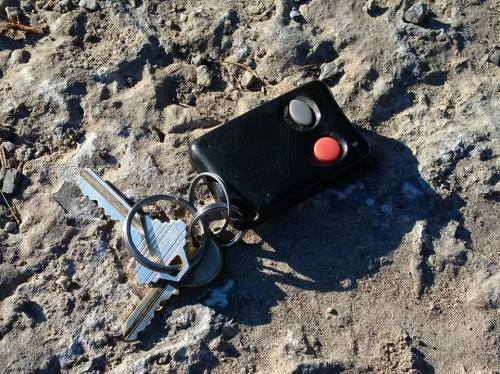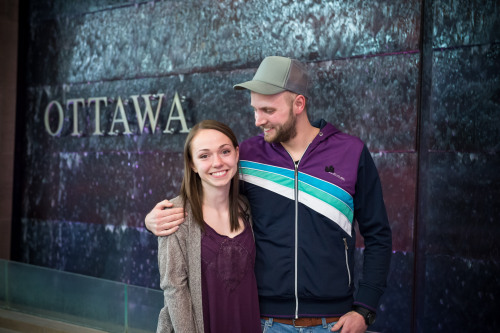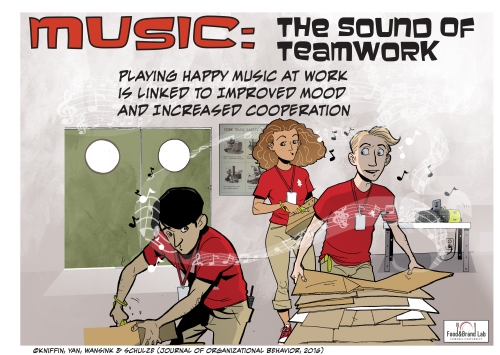There’s a bad case of butterfingers going around my neighbourhood.
First, someone lost their set of keys. I know this, because a helpful person found them – most likely in an area of long grass where we all walk our dogs – and displayed them prominently on a boulder by the road, where they caught my eye as I walked by.
Then, a guy dropped an important piece of identification inside our local subway station. I’m in the loop on this, too. That’s because my friend picked it up, and contacted me for help tracking him down.
Thanks to technology, it’s not as challenging as it used to be to reunite lost items with their owners. In the old days, you’d post flyers on all the telephone poles in the area, or you’d even pay for a classified ad (remember those?) to run in a newspaper (remember those?). It took considerable time and effort.
Now, you simply go online and Google the name on the identification card. Or you take a quick phone pic of the lost keys, and post it on a community Facebook page.
In the case of the lost ID card, my friend and I did manage to find the guy’s work number. (In the course of doing so, we also learned where he lives, what he does for a living, and exactly when the bid to relocate his home’s air conditioning unit was rejected by the city’s committee of adjustment.) Happily, the card was returned. The owner was grateful.
As for the keys? Not such a perfect ending. After I posted the photo online, someone in the neighbourhood did contact me to say she thought they were hers. She was temporarily out of town, but I offered to go back and scoop them up for safekeeping.
The key ring sat on my desk for a week. That’s how long it took for my neighbour to check with her various family members and domestic employees. And that’s how long it took for her to ascertain that this generic-looking set of keys did not, in fact, belong to her household.
Dejected, I was forced to walk back and return the keys to the roadside rock where I’d first found them. I sincerely hoped that, in the intervening week, the rightful owner hadn’t come back, done a thorough search of the area, and consequently scratched this corner of the neighbourhood off the list of All the Different Places I Went the Day I Absentmindedly Dropped My Keys.
Last time I checked, the keys were still there.

As noted by Tom Petty and the Heartbreakers, “The waiting is the hardest part…”











